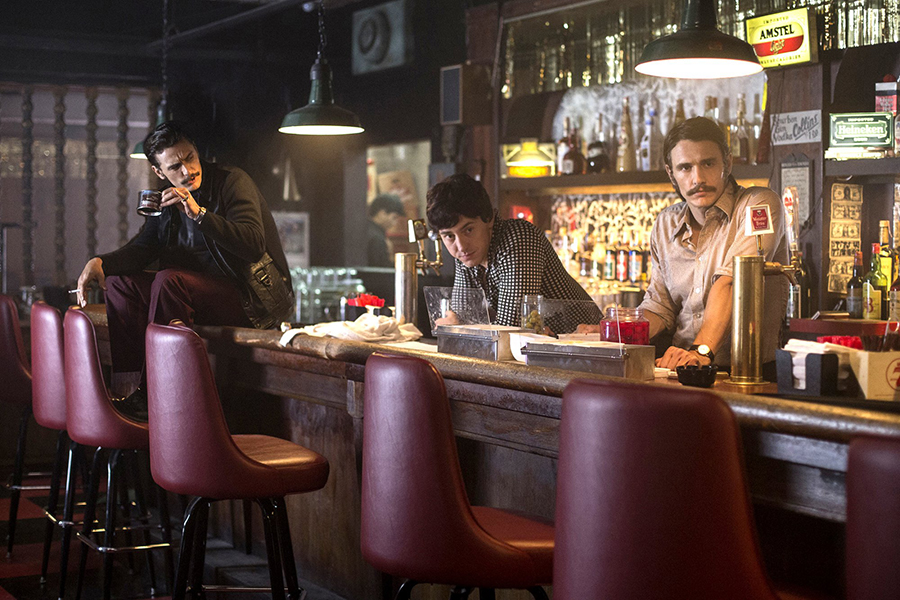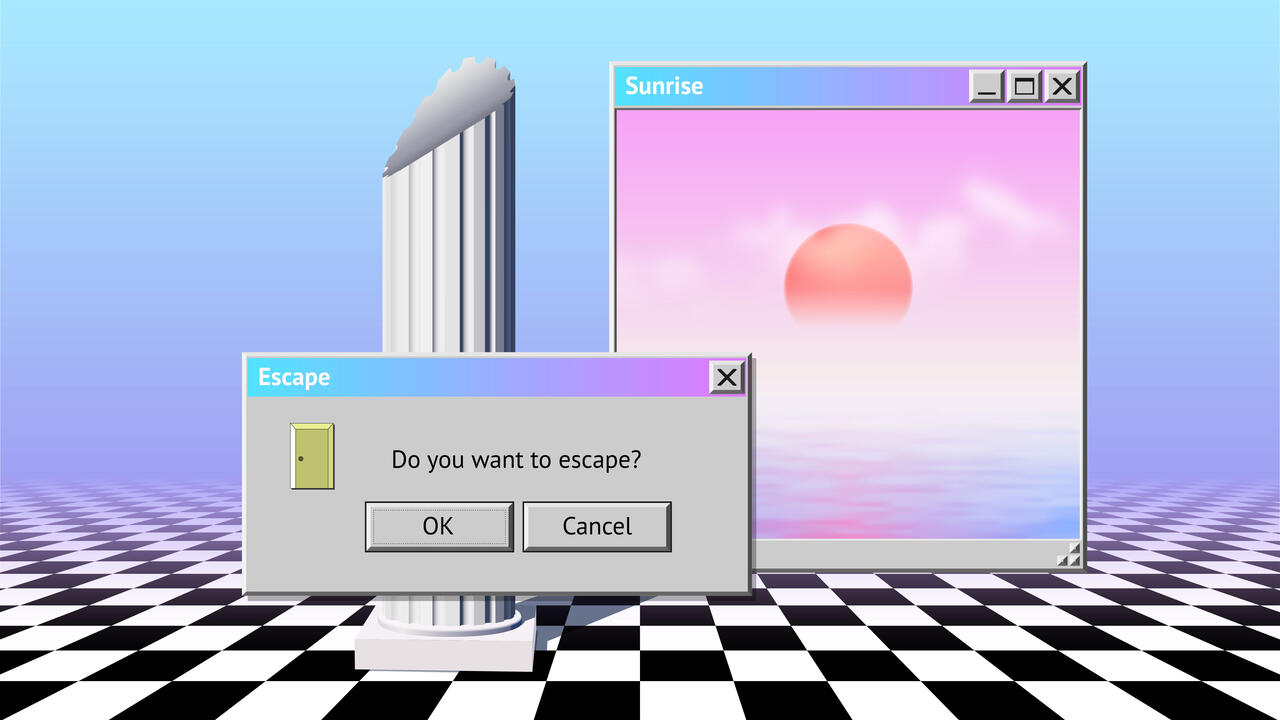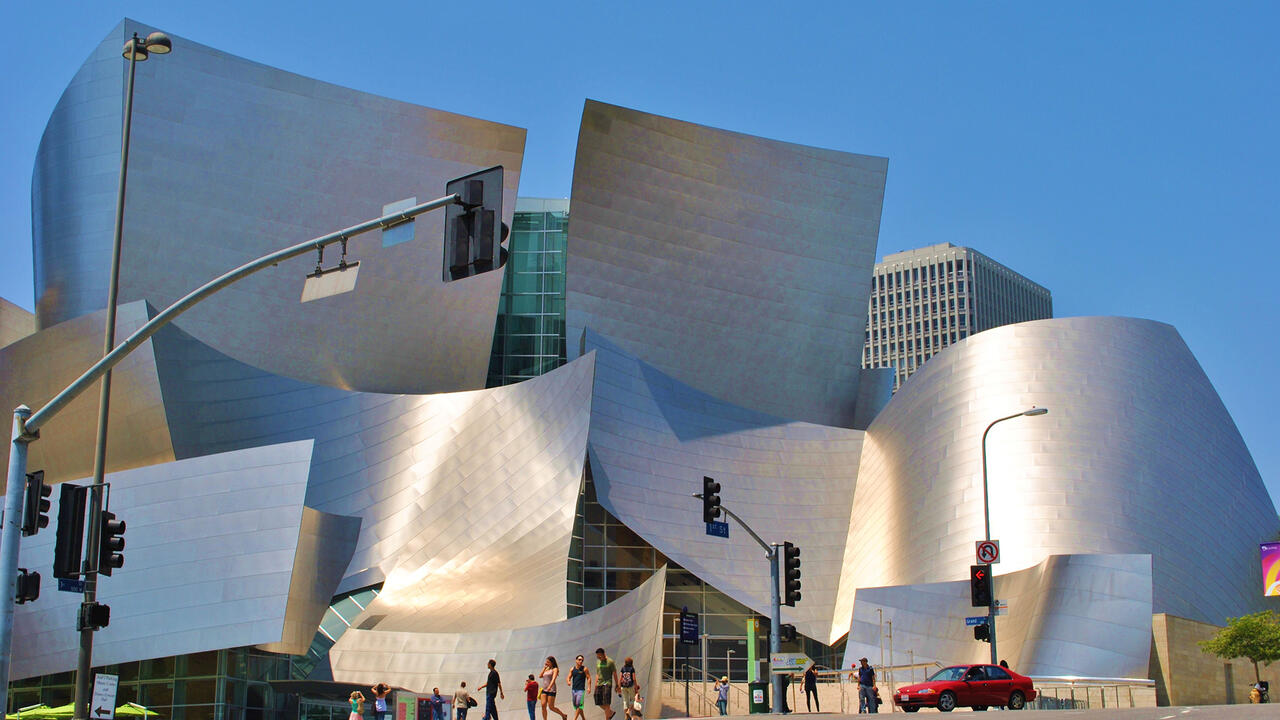The Deuce
Transcending the sentimental falsehood that makes nostalgia problematic, on David Simon’s 1970s New York drama
Transcending the sentimental falsehood that makes nostalgia problematic, on David Simon’s 1970s New York drama

There’s a wave of nostalgia sweeping American television. The success of shows like the Cold War drama The Americans (2013–ongoing) and, more recently, Stranger Things (2016–ongoing), a Dungeons & Dragons-era show using period special effects, seems to have inspired imitators (the second season is out on Netflix later this month). This includes comedian Seth MacFarlane’s series The Orville (2017–ongoing), a parody of the original 1960s Star Trek that also leans heavily on period effects, and perhaps even David Lynch’s Twin Peaks: The Return (2017), which is in a league of its own as a metanarrative about nostalgia.
Many reasons for this turn to the past can be offered. Not least is that our accelerated and increasingly fraught technological present has everyone scrambling for at least the illusion of stability and continuity, not to mention ways to process social and geopolitical anxieties in the Trump era. I’d bet that producers also love the fact that anything set in the 20th century has more than a hint of exoticism and glamour, since characters need to find phone booths to make calls and visit each other in their homes and hotel rooms instead of just using smartphones and staring at computer screens – behaviour that is hard to make visually interesting for a viewer.

Where on the spectrum of this unfolding memory trip should we place HBO’s The Deuce, a show about the early days of the porn movie industry starring James Franco, Maggie Gyllenhaal, and Gbenga Akinnagbe? The question is worth asking if only because David Simon and George Pelecanos, the show’s creators, are banking on total period authenticity. The pimps, prostitutes, cops, mafia bosses and johns of early 1970s New York are rendered here with meticulous attention to everything from clothing, hair, and cigarettes to accents, bodies and struts. So watching this on your laptop is a crying shame. The Deuce wants to reach through the television screen to hold you in its smokey embrace.
The show opens in a moment of change, a period when the powers that be – politicians, police, and mafia – have hatched a plan to ‘revitalize’ the area around 42nd Street by pushing prostitution off the street and into movie theatres and brothels – and make a fortune by doing so. At its centre is James Franco playing twin brothers Vincent and Frankie, the horses a Gambino boss bets on to get his piece of this action, and Maggie Gyllenhaal, who plays Candy, a prostitute and single-mother who sees her chance to get off her back by moving behind the camera.

Initially, the show’s vivid sense of place is nearly overwhelming, so much so that it accentuates the fact that the feature-length pilot drags a little. Life moved more slowly then, and Simon isn’t afraid to ask the audience to adjust to its rhythm and pace. But it didn’t take many episodes for this writer to be totally enmeshed in the lives of these characters, each of whom is more compelling than the next because each is an established type who surprises you when it matters. Around Franco and Gyllenhaal turn a cast of richly drawn characters and subplots, everyone from lonely beat cops to prostitutes who like to read and pimps who aren’t entirely insensitive to the dehumanizing aspects of their trade. The Deuce pitches a big tent: it wants to tell the stories of women, African-Americans, and gay men in a time when being these things meant something different than it does today.

In spite of the high production values, The Deuce doesn’t romanticize the pre-internet American porn past. Sex is mostly not very fun in this show. Much like drugs in The Wire (2002–08) – Simon and Pelecanos’s first TV hit – sex is here just a banal fact of life, the basis of an economy that in turn spawns a social ecology around it. It’s this latter object that Simon and Pelecanos are really interested in – working class Americans struggling to swim upstream, playing the cards that life has dealt them.
Gyllenhaal is unquestionably the dark brooding heart of this show. Her restrained, tightly-wound performance brings to life the emotional conflicts and moral complexity of people doing things they wouldn’t necessarily choose to do, and finding something they shouldn't but love to do. It frames her gradual realization that her sexual skills give her an edge as a pornographer. When a director’s car breaks down on the way to a shoot, she takes over, telling the cameraman that instead of focusing on the girl, he should focus on the guy. ‘The dick takes us in,’ she announces, articulating the pornographic spin on a celebrated maxim in the Alfred Hitchcock-François Truffaut interviews.

The greatness of The Wire lies in large part in Simon’s genuine interest in the lives of others, his ability to interest millions of Americans in the destinies of inner city African-Americans in Baltimore. The Deuce similarly zooms in on people who most New Yorkers, as cosmopolitan and tolerant as they may be, would shun nowadays – both self-consciously and otherwise – for reasons of class. No one is an angel here; no one is innocent. Yet that’s precisely what allows us to get past their circumstances and conditions, and make a connection to their – I do not use this word often – humanity.
Immersion shouldn’t be an aesthetic end in itself. But when it comes with this level of emotional intensity and social awareness, it transcends the sentimental falsehood that makes nostalgia problematic. Instead, it gains the quality of true memory, both private and collective.
Main image: David Simon and George Pelecanos, The Deuce, 2017, film still. Courtesy: HBO




















